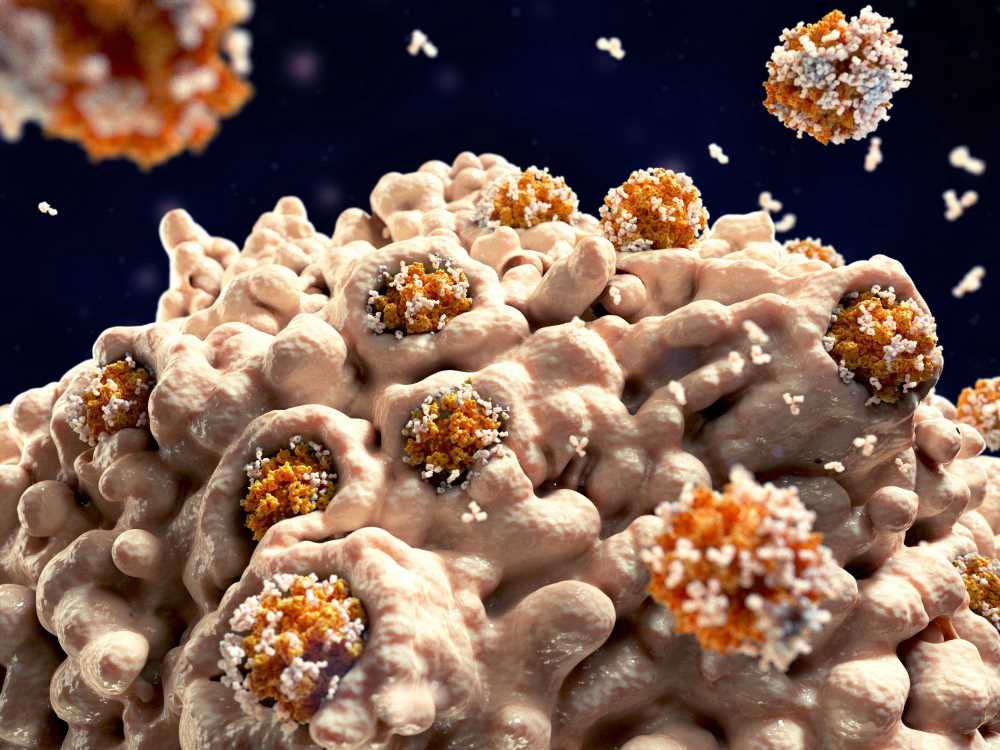In a recent study published in Science Immunology, researchers evaluated immunoglobulin G (IgG) responses to coronavirus disease 2019 (COVID-19) messenger ribonucleic acid (mRNA) vaccinations.

Background
Studies have shown that mRNA vaccines are effective in COVID-19 mitigation, and induce anti-SARS-CoV-2 (severe acute respiratory syndrome coronavirus 2) antibodies. Shortly post-double COVID-19 vaccinations, the IgG antibody responses primarily comprise IgG1 and IgG3, which are predominantly inflammatory-type subclasses, whereas IgG2 and IgG4 responses are rarely observed. However, data on the long-term trajectory of IgG responses to mRNA vaccine doses are limited.
About the study
In the present study, researchers reported assessed IgG titers induced by mRNA vaccinations in the long term.
The study analyzed humoral responses among a group of healthcare workers (n=29, first cohort) to triple Comirnaty mRNA vaccinations. The second cohort comprised 38 three-dose Comrinaty vaccinees. individuals. The prime (first and second) doses were administered 21 days to 28 days apart, followed by the third (booster) dose after 7.0 months of the prime vaccination.
Flow cytometry analysis was performed to measure the serological anti-SARS-CoV-2 spike (S) IgG titers after 10.0 days of each vaccine dose, 210.0 days post-second dose and 180.0 days post-booster dose vaccinations. In addition, lentivirus particles pseudotyped with SARS-CoV-2 Omicron variant S were used to perform neutralization assays.
Further, sera from another cohort were analyzed to compare the immunogenicity of the heterologous and homologous regimens using the adenoviral vector-based ChAdOx1 vaccine and Comirnaty mRNA vaccine. In addition, sera were obtained from 27 individuals 180.0 days post-booster mRNA dose to assess the durability of IgG4 responses.
Further, flow cytometry analysis was performed to characterize anti-S memory B lymphocytes by IgG subclasses among PBMC (peripheral blood mononuclear cells) samples, obtained from 11 individuals post-second dose and third dose administration. Additionally, single-cell RNA sequencing (scRNA-seq) analysis was performed for anti-S B lymphocytes obtained from four donor individuals 210.0 days post-second dose and 10.0 days post-third dose of Comirnaty vaccines.
CITE (cellular indexing of transcriptomes and epitopes)-sequencing was performed for labeling anti-S and anti-S RBD (receptor-binding domain)-binding B lymphocytes. For confirming the S protein-specificity of IgG4-expressing B lymphocyte clones, four mAbs (monoclonal antibodies) were cloned from the BCR (B cell receptor) sequences, and their RBD binding and S protein-binding were assessed. Serological IgG responses to TT (tetanus toxoid) were evaluated among 23 TT recipients (median of 6.0 TT doses) using enzyme-linked immunosorbent assays (ELISA).
Antibodies eBook

Furthermore, humoral responses to RSV (respiratory syncytial virus) were assessed. ADCP (antibody-dependent cellular phagocytosis) assays were performed using human leukemia monocytic cells (THP-1). Sera were also obtained from 12 CoVaKo study participants, who had received double or triple mRNA vaccinations and had developed breakthrough infections 25.0 days to 257.0 days post-second dose or 57.0 days to 164.0 post-third doses on the day of enrollment, and after 2.0 weeks, and 4.0 weeks of polymerase chain reaction (PCR)-confirmed SARS-CoV-2 infection.
Results
After 5.0 months to 7.0 months of the second mRNA vaccination, anti-SARS-CoV-2 IgG responses primarily comprised the non-inflammatory immunoglobulin G4 subclass and were enhanced by the booster dose or breakthrough infection. Among all anti-S IgG titers, IgG4 titers elevated from a mere 0.04 percent shortly post-second dose to 19 percent late post-third dose. In addition, IgG4 responses were not induced post-heterologous or homologous doses of the COVID-19 adenovirus-vectored vaccines.
Among anti-S memory B lymphocytes, the frequency of immunoglobulin G4 subclass-switched B lymphocytes (from IgG1 and IgG3 to IgG4) was 14.0% (median) compared to the repertoire of memory B lymphocytes (median of 1.0%) post-booster doses. Of importance, the switch of IgG subclass was related to the lowered capacity of anti-spike IgG titers for mediating ADCD (antibody-dependent complement deposition) and ADCP, with reduced fragment crystallizable gamma receptor IIA (FcγRIIA) activation.
The anti-S IgG4 titers appeared late post-second dose, indicative of long-term and ongoing maturation of B lymphocytes, with enhanced CSR (class switch recombination) towards the distal subclasses of IgG, leading to the induction of IgG4 subclass-switched memory-type B lymphocytes with time. The scRNA-seq analysis findings were per the serological anti-spike IgG4 titers. All mAbs tested showed S protein binding, whereas a single clone was bound to RBD.
Anti-TT IgG4 was detected among nine serum samples. However, in very low amounts, and anti-RSV-F IgG4 titers were not in detectable limits, indicating that the class switch to IgG4 was not a general result of recurrent exposure to antigens by vaccination or natural infection. The capacity to bind with S protein and prevent RBD-angiotensin-converting enzyme 2 (ACE2) binding was enhanced by the booster dose, indicative of greater Omicron neutralization.
Overall, the study findings showed elevated antibody titers and greater Omicron neutralization post-booster dose of mRNA vaccines, with a class switch from IgG1 and IgG3 to the distal IgG4 subclass, with decreased FcγR-mediated effector functions such as ADCD and ADCP.
- Pascal Irrgang, et al. (2023). Class switch towards non-inflammatory, spike-specific IgG4 antibodies after repeated SARS-CoV-2 mRNA vaccination. Science Immunology. doi: 10.1126/sciimmunol.ade2798 https://www.science.org/doi/10.1126/sciimmunol.ade2798
Posted in: Medical Science News | Medical Research News | Disease/Infection News
Tags: ACE2, Adenovirus, Angiotensin, Angiotensin-Converting Enzyme 2, Antibodies, Antibody, B Cell, B Lymphocyte, Blood, Cell, Coronavirus, covid-19, Cytometry, ELISA, Enzyme, Flow Cytometry, Frequency, Healthcare, Homologous, Immunoglobulin, Immunology, Lentivirus, Leukemia, Lymphocyte, Omicron, Phagocytosis, Polymerase, Polymerase Chain Reaction, Protein, Receptor, Respiratory, Respiratory Syncytial Virus, Ribonucleic Acid, RNA, RNA Sequencing, SARS, SARS-CoV-2, Severe Acute Respiratory, Severe Acute Respiratory Syndrome, Syndrome, Tetanus, Vaccine, Virus

Written by
Pooja Toshniwal Paharia
Dr. based clinical-radiological diagnosis and management of oral lesions and conditions and associated maxillofacial disorders.
Source: Read Full Article
